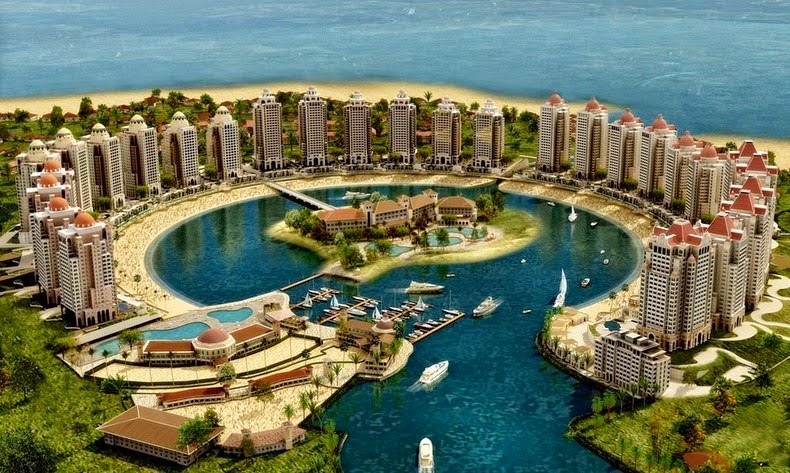The volcanic island of Jeju, is
well located 130 kilometers from the southern coast of the Korean Peninsula,
has a widespread system of lava tubes. These natural conduits through which
magma once flowed are now empty caves that are some of the largest in the
world. However these caves, apart from providing opportunities for scientific
research, are popular sightseer destinations.
The most inspiring is the
Geomunoreum Lava Tube System formed by the flow of basaltic lava when the
Geomunoreum volcano erupted more than 250 thousand years ago. Amazingly the
volcano has an elevation of 456 meters and lava flowed down to the coastline 13
km away, and while doing so, created plentiful lava tubes. The Manjanggul Lava
Tube represents the largest cave in this system. Because it is stretches 8,928
meters and its passages are up to 30 meters high and 23 meters wide.
manjanggul-lava-tube-4The insides
of the tube is ornamented with multi-colored carbonate decorations and countless
cave formations commonly found in lava tubes. They’ve included lava stalactites
and lava stalagmites, lava columns, lava flowstone, lava helictites and lava
blister, cave corals, benches, lava raft, lava bridges, lava shelves and
striations. So at the end of the one of the passageways open for tourists, is a
gigantic lava column shaped when a large amount of lava spilled from the upper
level down to the lower level. This menacing column stands 7.6 meters high and
is the biggest known in the world.
Moreover some 30,000 common
bent-wing bats (Miniopterus schreibersii) have taken eternal residence inside
the tube, establishing the largest colony of bats so far recognized to be
living in Korea. Almost 38 types of cave creatures have been recognized inside
the Geomunoreum Lava Tube System, the most common of which is the Jeju cave
spider (Nesticella quelpartensis).








%2B%2B7%2BDays%2B8%2BNights%2BSouth%2BKorea%2BTrip%2B2014%2BSummarised%2BItinerary%2Bfor%2BSeoul%2B-%2BJeju%2BIsland%2B-%2BSeoul%2B(Large).JPG)






























